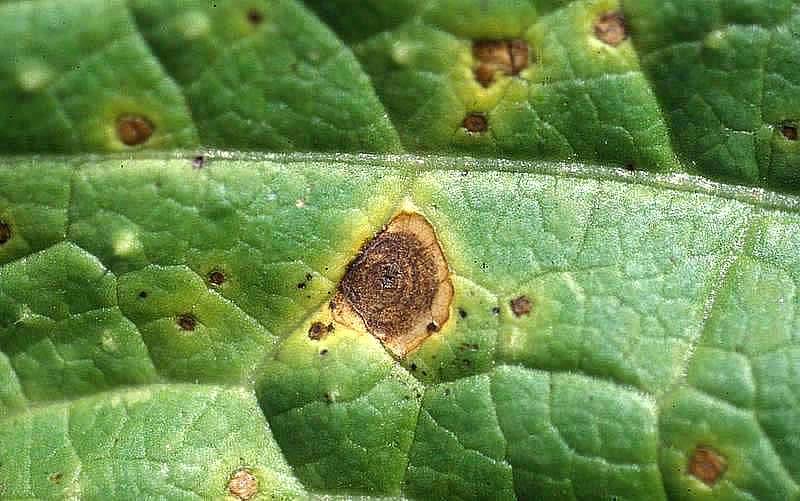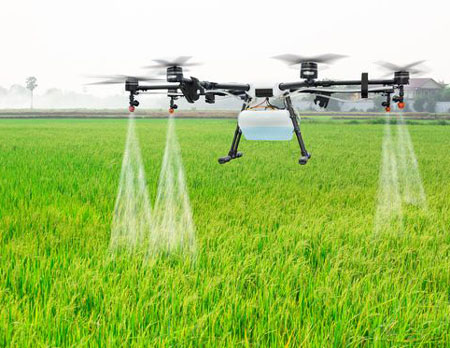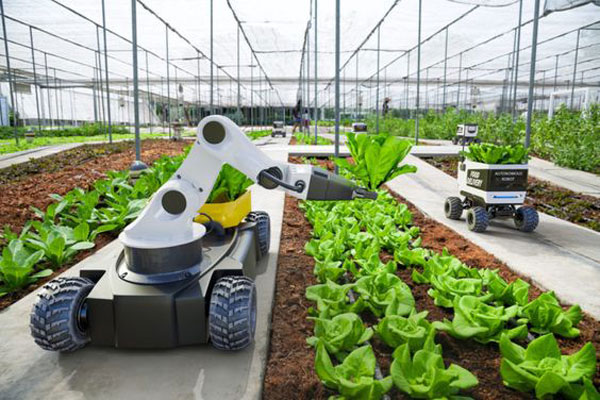Brinjal
Alterneria Leaf Spot

Alternaria melongenae
Fungal Disease
Alternaria Leaf Spot of Eggplant: Causes, Symptoms, and Management
Introduction
Alternaria melongenae is a fungal pathogen responsible for causing leaf spot disease in eggplant. This disease thrives in warm, humid conditions and can lead to severe yield losses if not managed effectively. The pathogen spreads through spores and affects both leaves and fruits, causing necrotic lesions, premature defoliation, and reduced plant vigor.
Favorable Conditions for Disease Development
Temperature
- Optimal temperature range: 20–30°C (68–86°F).
- Conidia formation and contamination are favored between 21–32°C.
- Disease severity increases with prolonged leaf wetness.
Humidity
- High relative humidity (>90%) is crucial for spore germination and infection.
- Dew, low continuous precipitation (5 mm), or sprinkler irrigation promote disease spread.
Other Conditions
- More severe in stressed plants or those heavily loaded with fruit.
- Crop rotation (3–4 years) reduces disease incidence.
- High nitrogen levels without phosphorus or potassium increase susceptibility.
- Adequate phosphorus and potassium application can reduce disease severity.
Symptoms
- Small, circular, brown necrotic spots with a chlorotic halo.
- Concentric rings with greenish-blue fungal growth.
- Lower leaves are affected first, followed by upper leaves and fruits.
- During the rainy season, seedlings may be blighted and die.
- Infected leaves wither, coalesce, and shed prematurely.
- Fruit lesions are dark brown, sunken, and concentric, eventually covering the entire fruit surface.
- Severe infection leads to leaf defoliation and reduced plant productivity.
Disease Management
Cultural Practices
- Field sanitation: Remove and destroy infected plant debris.
- Crop rotation: Avoid planting eggplant in the same field for consecutive years.
- Proper fertilization: Balance nitrogen with phosphorus and potassium.
- Optimal irrigation: Avoid overhead watering to minimize leaf wetness.
- Improve aeration: Space plants adequately to reduce humidity.
Chemical Control
- Apply fungicides like Mancozeb, Chlorothalonil, or Copper-based fungicides at early disease onset.
- Use a calendar-based spray schedule in areas with high disease prevalence.
Biological Control
- Beneficial microorganisms such as Trichoderma spp. can suppress fungal growth.
Conclusion
Alternaria leaf spot of eggplant is a serious fungal disease that can cause significant losses in yield and plant health. Effective disease management relies on preventive cultural practices, timely fungicide applications, and maintaining optimal field conditions to minimize fungal spread. Implementing integrated disease management strategies can help ensure healthy eggplant crops and sustainable production.




